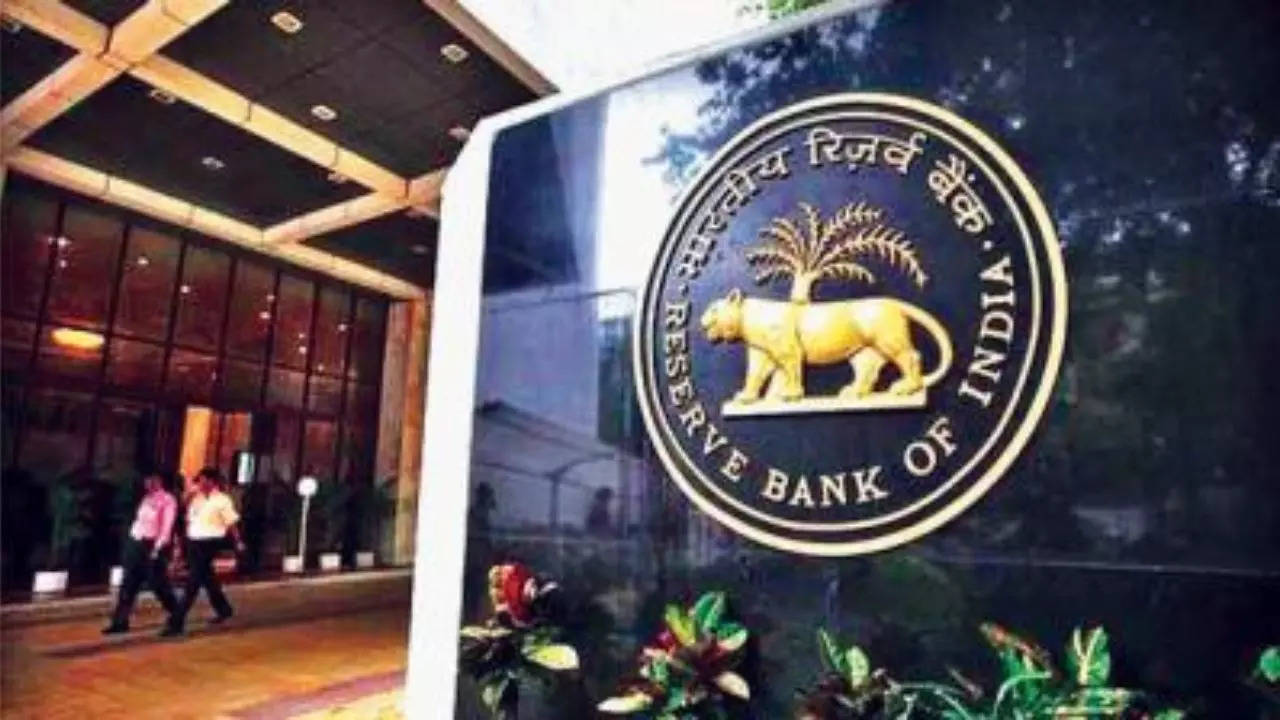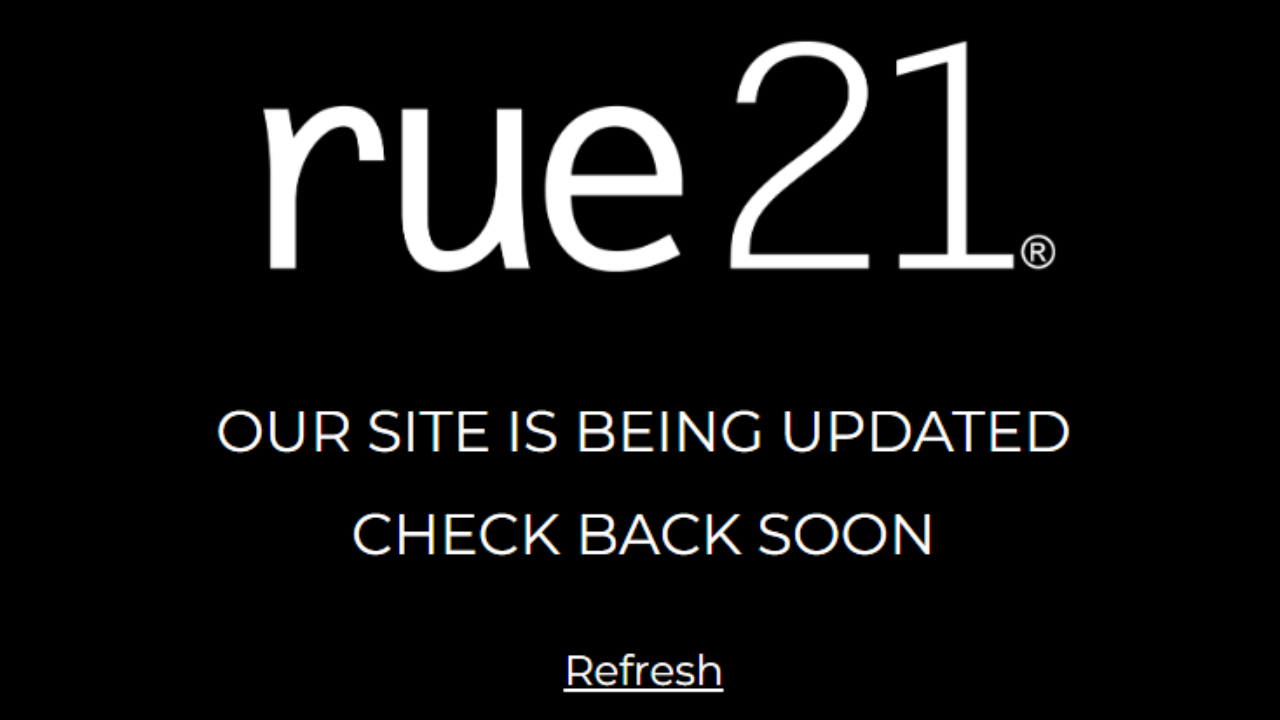
The banking sector, just like dozens of other industries, is getting more and more mobile-oriented. It should come as no surprise, seeing as almost half of Americans choose mobile banking apps over conventional services.
This shift is driven by convenience and the increasing reliance on smartphones in our everyday lives. Mobile banking is also more accessible – it reaches groups that may not have easy access to physical bank branches, such as those living in rural areas or with limited mobility. This is why financial organizations are now investing in banking and finance management apps.
The Challenges of Developing a Mobile Banking App
Fintech is one of the most strictly controlled industries, and developing a mobile banking app comes with its own specific difficulties. Custom software development services providers face extra challenges when it comes to ensuring that their app is up to the industry standards and compliant with all relevant regulations. Let’s examine some of the more difficult aspects of building applications for mobile banking.
Strict Security Requirements
One of the first things that come to mind when thinking about more challenging parts of developing is ensuring proper security. While app security is a major concern for developers in general, it is even more significant in fintech. Banking apps deal with valuable and sensitive financial information, and often become a target for hackers and cybercriminals.
Mobile banking platforms must comply with data privacy regulations and KYC requirements for user identification not only to maintain customer trust but also to help prevent financial fraud.
It is understandable why there is such pressure put on mobile app developers to implement robust security measures. While it is not easy to achieve the highest levels of security, this specific industry allows no room for negligence.
Industry-specific Regulations
Mobile banking apps need to comply with various industry regulations and standards, which vary from region to region. In the US, for example, they must adhere to sets of security standards like the Gramm-Leach-Bliley Act, Payment Card Industry Data Security Standard, and the Electronic Fund Transfer Act. These regulations ensure that customer data is protected and that the transactions are secure.
However, laws and requirements change all the time, and any fintech software development company that wants to stay compliant must always be up to date with the latest standards. Mitigating legal risks is essential for both app developers and financial organizations alike, so those working on banking apps have to take extra care not to miss any regulatory updates. Lack of knowledge in this area can result in severe legal consequences and financial penalties.
Cross-Device Compatibility
Banks put a lot of emphasis on ensuring that their services reach all of their customers, and the same goes for their dedicated apps. Mobile applications should provide a seamless user experience to every bank client, regardless of the device or browser they are using. Whether they are using an iPhone with Safari or accessing the app from their Android-based tablet, the app should be equally functional.
It is, of course, a challenge that may require developers to work with different coding languages and frameworks to ensure compatibility. The amount of work that goes into creating a cross-platform banking app can be quite extensive, as developers also need to consider various screen sizes and resolutions along with the operating systems and browsers. There are many variables to take into account to provide equal functionality across different devices.
The Need for a Wide Range of Features
In the world of mobile banking, the bare minimum will never be enough. The demand for extra features and functionalities like personalized alerts, transaction categorization, and budgeting tools is constantly increasing. Users want their banking app to be as powerful as possible to help them solve their issues, and that is where the developers have to step up their game.
Mobile banking app users are a very varied group, with different clients having completely different needs and preferences. Developers need to figure out, how to cater to such a wide audience, and and conducting a thorough market research and gathering feedback can be time-consuming and challenging.
Performance and Speed Optimization
Bugged apps, just like slow-loading websites, lead to frustration and a negative user experience. Therefore, developers must prioritize responsiveness and efficiency when designing and building their software. In the fintech industry, where mobile apps are the preferred method of banking for millions of people, ensuring fast and easy access to all of the app’s functionalities for everyone is essential.
Developers can ensure that their apps load swiftly and provide a seamless experience to users by implementing various optimization techniques, such as caching frequently accessed data, minimizing network requests, and optimizing the code. Faster loading times and better user interfaces will likely result in higher user satisfaction, and will be beneficial for the financial organization.
Mobile Data Consumption
Often, users want to use their banking app when out of the house or office, which means they need to rely on mobile data plans, and this can be costly. You, as a developer, have to consider the mobile data usage of your app and find ways to minimize it. Otherwise, bank clients who want to use your software without connecting to Wi-Fi might be deterred by the high data consumption and abandon the app.
Data compression techniques can come in handy in reducing the amount of data that needs to be transferred between the server and the app. Anyone working on mobile banking app development should consider implementing such solutions if they want their app to retain its user base.
Building Successful Mobile Banking Software
In conclusion, there is no way to build a reliable, user-friendly mobile banking app without addressing the challenges that are inherent to the fintech industry. If ignored, these issues will negatively impact not only the users, but also the reputation and success of the financial institution.
Designing and developing successful banking software is only possible when extra care is taken to ensure security, convenience, and a positive user experience.






























